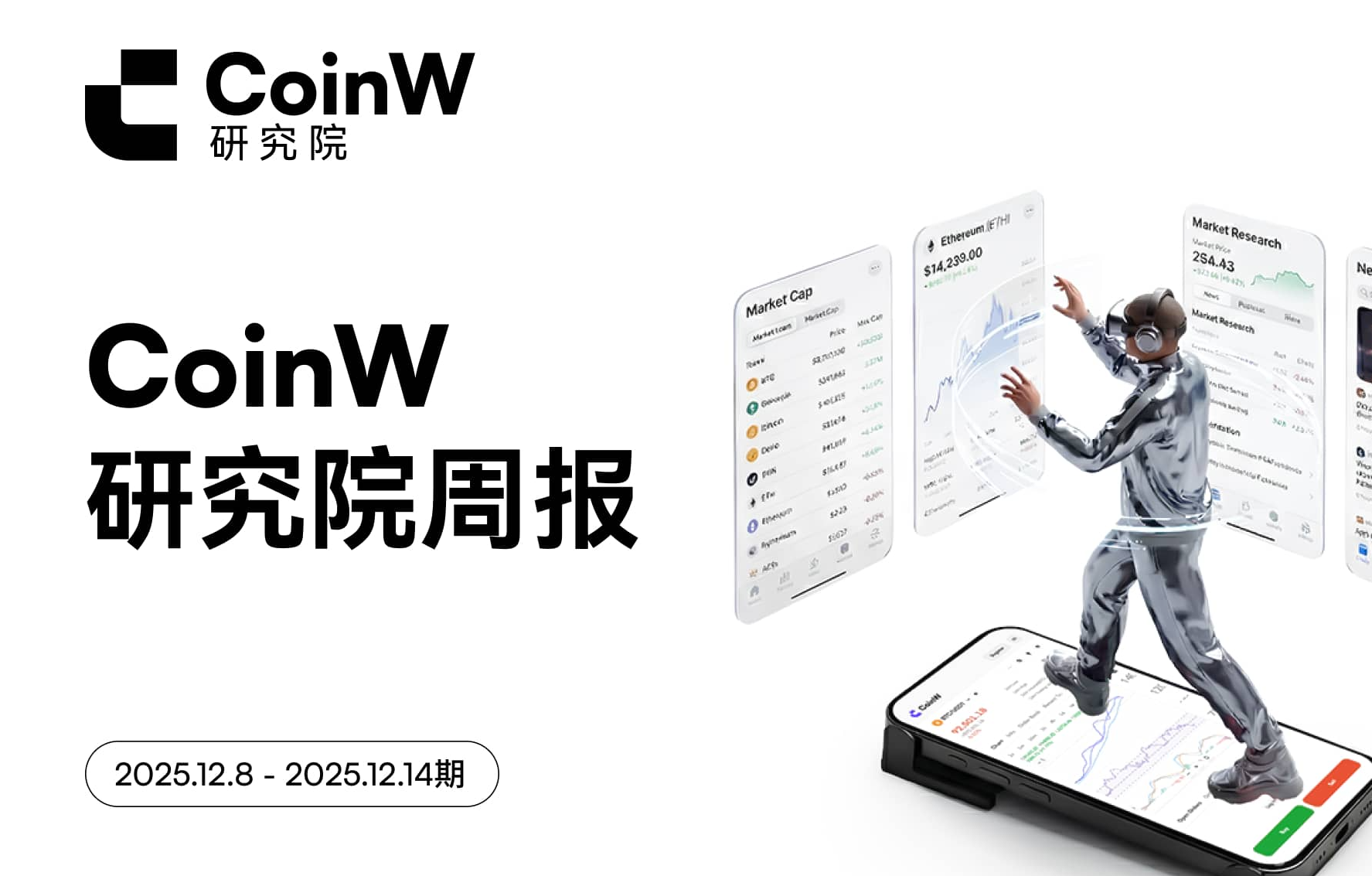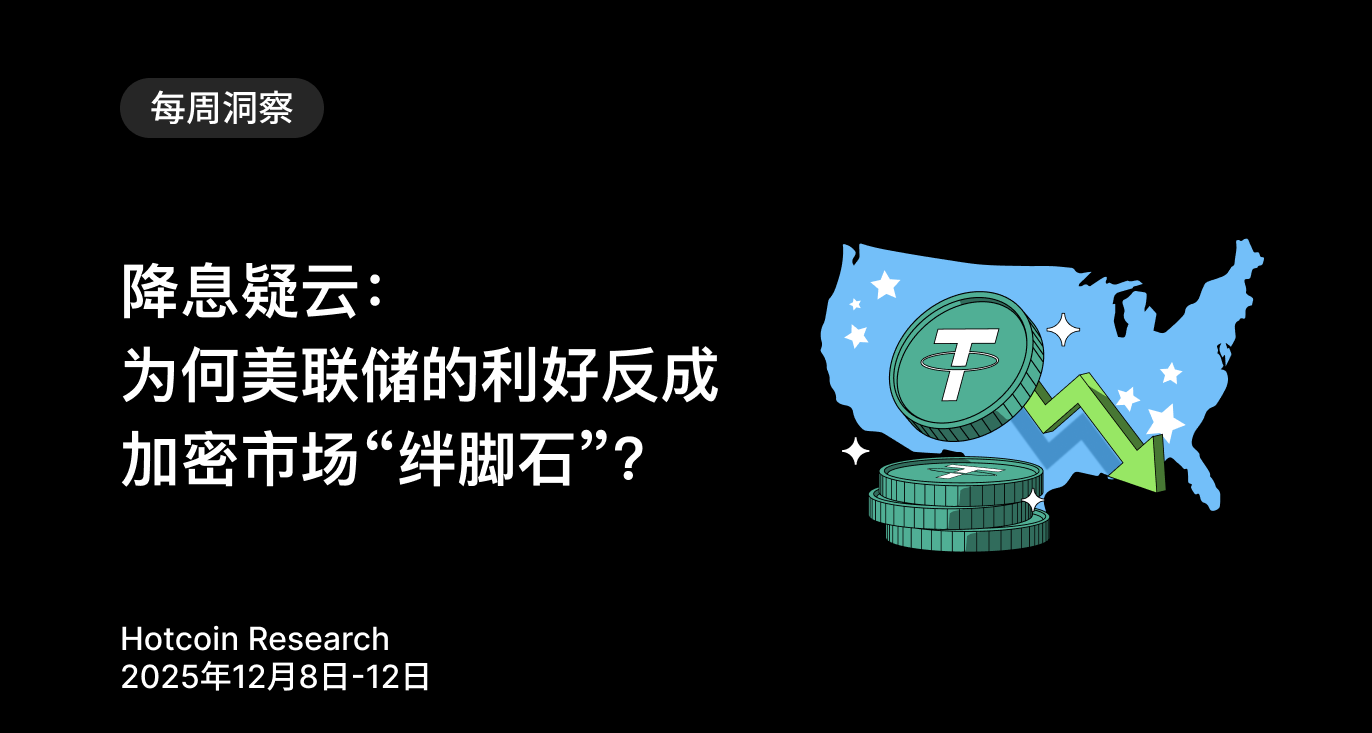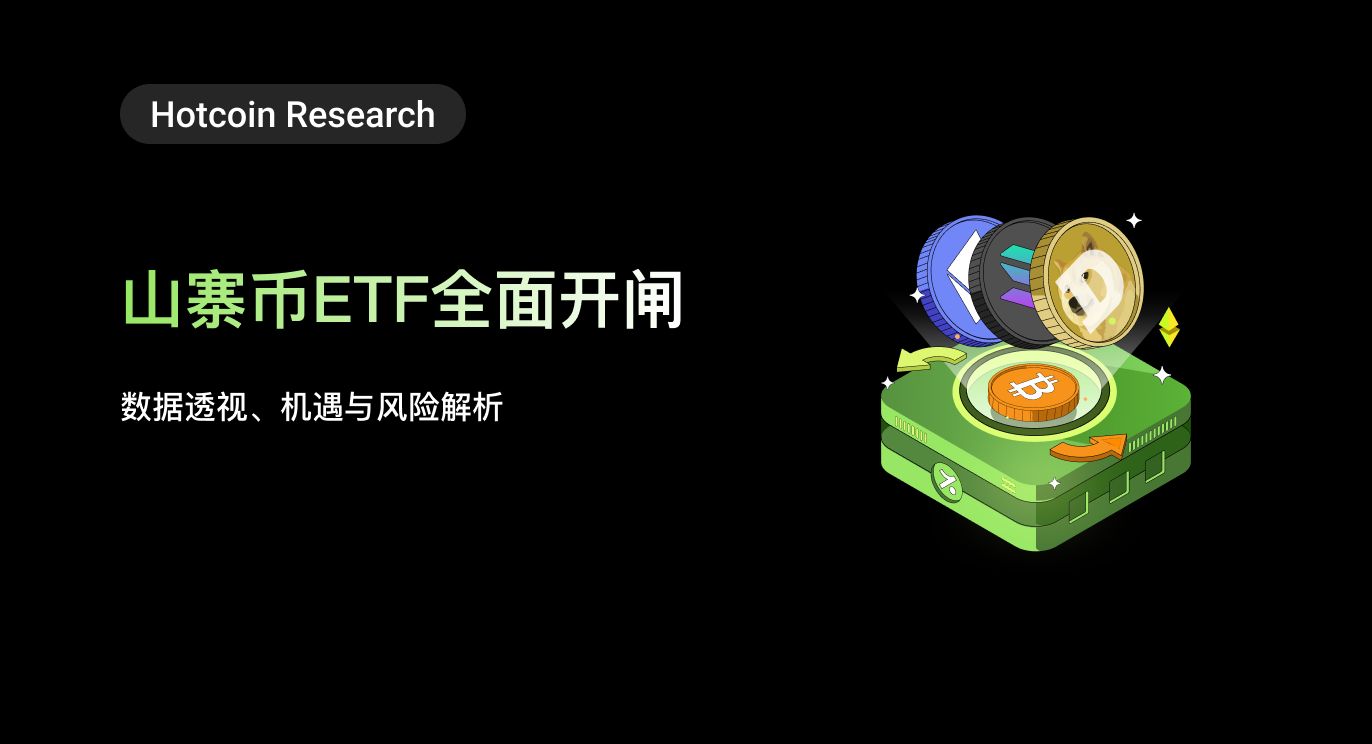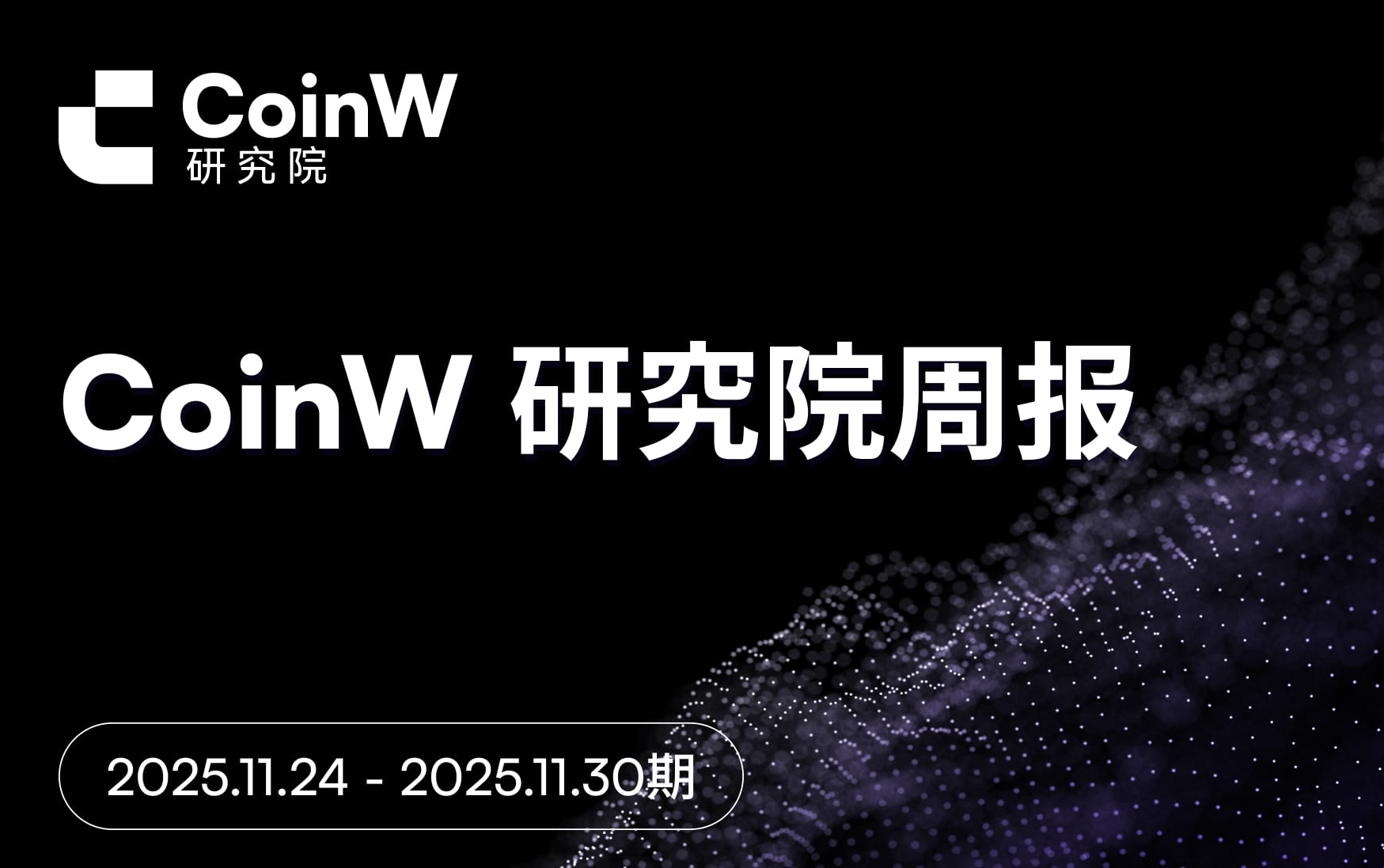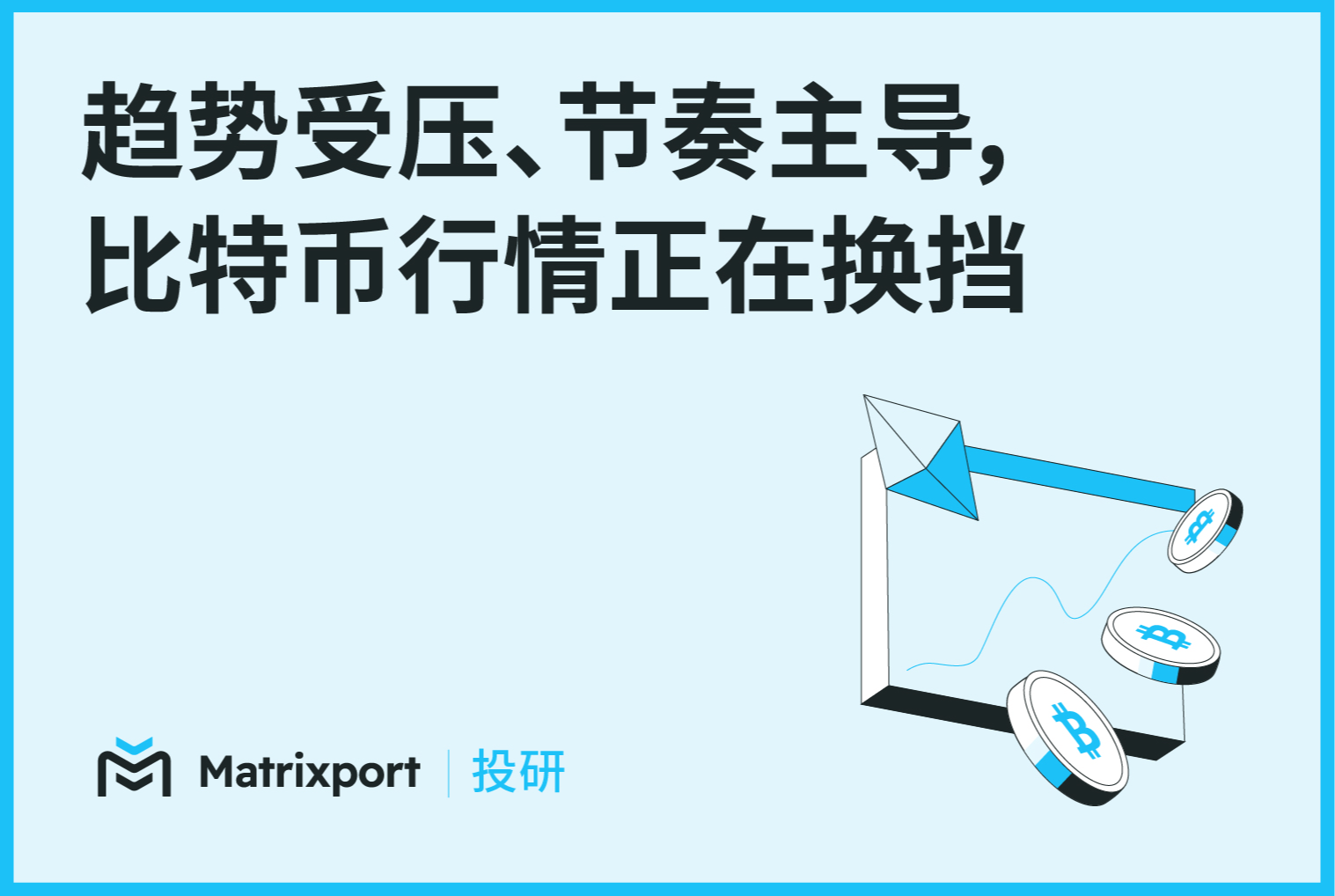Crypto Asset Management Returns Decline, Quantitative Strategies Face Challenges
The current crypto asset management market is experiencing a significant decline in returns, with signs of an "asset shortage" becoming prominent. Many originally robust arbitrage strategies have seen their returns narrow significantly: for example, the annualized return of Bitcoin-based risk-free arbitrage has dropped to less than 2%, while the annualized return of stablecoin-based arbitrage strategies has fallen below 6% to 8%. The interest rates for coin-based financial products on mainstream trading platforms are almost at historical lows—such as OKX's BTC spot annualized return of only about 0.5%, and even with assets locked for 30 days, Binance's highest BTC annualized return is only 1%. Meanwhile, the spot interest rates for stablecoins like USDT have generally fallen below 2%, far below the previously common double-digit levels. Overall, the consensus in the crypto asset management field is that low-risk interest rate products are experiencing a "decline in returns."
Quantitative hedging strategies are also under pressure. Long-short hedging, CTA, and other strategies have all seen drawdowns in recent market conditions, with many quantitative funds experiencing declines in net asset value. In extreme market conditions, some strategy teams have even encountered "black swan" events: since 2017, the crypto market has undergone multiple extreme fluctuations, with over 80% of quantitative trading teams failing to manage risks adequately due to insufficient risk control, resulting in significant losses or even market exits. In the recent bear market, events like the May 2022 LUNA collapse and the "FTX explosion" have occurred in succession, leading to a sharp decline in crypto asset prices. These unexpected shocks have caught many trading teams off guard, significantly increasing the difficulty of capital management. After experiencing a series of risk events, quantitative institutions have tightened their capital risk control requirements, but obtaining excess returns in a low-volatility market has become increasingly difficult, leaving managers in a difficult position.
More seriously, the continuous decline in market volatility has exacerbated the feeling of an "asset shortage." "Asset shortage" generally refers to a situation where low-risk, high-return assets are scarce in the market, and funds have nowhere to seek returns. The price volatility of Bitcoin has significantly decreased: during the peak of the bull market in 2021, BTC's annualized volatility exceeded 100%, while since 2023, volatility has remained below 50%, and even when prices reached a temporary high in March 2025, volatility was only about 40%. This unprecedented low volatility makes it difficult for strategies that rely on significant market fluctuations to profit, while traditional sources of income (such as perpetual contract funding rates and spot-futures price differences) have shrunk significantly. Trading volumes are also continuously declining, with the proportion of Bitcoin trading volume over the weekend dropping to a historical low of 16%, resulting in a lackluster market. When high-yield assets are hard to find and idle funds are abundant, investors feel a deep sense of "no assets to allocate"—this is the true reflection of the current crypto market.
Investors Seek Alternatives: Structured Products Provide Stable Coupons
In the context of generally declining yields, more and more investors are turning their attention to structured products, seeking new ways to achieve stable returns. Structured products, through sophisticated risk layering and structural design, can provide relatively stable coupon returns under different market conditions, filling the gap left by traditional quantitative strategies' insufficient returns. For example, many structured notes can still provide fixed coupon payments as agreed during periods of mild market fluctuations or consolidation, and even achieve positive returns during slight downturns. These contractual coupon income certificates essentially embed derivative trading, sacrificing some extreme market gains in exchange for stable returns in most scenarios and a certain degree of downside protection. For crypto investors who are urgently seeking "fixed income-like" returns, structured products offer a compromise: they can achieve significantly higher returns than risk-free rates without being fully exposed to the extreme volatility of cryptocurrency prices.
Compared to traditional quantitative hedging strategies, structured products have the advantage of higher return certainty. Traditional strategies rely on traders' timing and market conditions to achieve excess returns, which are often greatly affected by market volatility. In contrast, structured products predefine return conditions and risk boundaries, locking in coupon income through methods such as selling options to collect premiums, making returns primarily come from the accumulation of coupons held to maturity rather than trading gains and losses. For example, classic snowball structured products allow investors to receive substantial interest income regularly, provided that the underlying asset does not experience a significant decline, even if the market is flat or slightly volatile. This "selling volatility for returns" model stabilizes the cash flow of the portfolio. Similarly, Fixed Coupon Notes (FCN) allow investors to receive fixed interest regularly by allocating part of their funds to fixed-income assets and selling put options, while only assuming limited risk in the event of a significant decline in the underlying asset. These structural designs effectively transform unpredictable market volatility into more predictable coupon returns, making them highly attractive to funds seeking stable returns.
Based on this advantage, structured derivative products have begun to emerge in the crypto market in recent years. Matrixport, as a leading one-stop crypto financial service platform, was the first to layout and launch a diversified line of structured products, providing investors with a rich array of stable income tools. Currently, the structured products launched by Matrixport include: accumulation buy-type Accumulator, accumulation sell-type Decumulator, range knockout-type Snowball, fixed coupon Fixed Coupon Note (FCN), daily settlement Dual Currency Investment (daily dual currency financial products), and zero-interest lending achieved through options hedging. These products each have their unique features—Accumulator allows investors to regularly buy the underlying asset at a discount price in a volatile market, achieving a "regular investment" strategy; Decumulator helps large holders gradually reduce their positions at high levels by selling in batches at preset execution prices to lock in profits, hailed as a "smart choice" for miners and long-term holders to cash out in a bull market; Snowball and shark fin products provide additional returns or protection for different market conditions. By incorporating these products into their asset allocation, investors can choose different strategies based on their market outlook, enhancing returns while controlling risks. As noted by JPMorgan Private Bank analysts, in an environment of rising market risks, utilizing structured products can enhance the resilience of investment portfolios and improve risk-adjusted return potential, while also preparing for potential future volatility.
It is worth noting that although these structured solutions are complex in design, the user experience is becoming increasingly friendly. For example, Matrixport has optimized the traditional accumulation option mechanism for crypto investors, introducing daily observation, weekly settlement, and other features, providing flexible parameter adjustments and professional guidance, making it easy for ordinary users to participate. Currently, investors only need to perform simple operations through customized services to tailor structured financial solutions that meet their expectations. This democratization of professional tools significantly lowers the threshold for advanced strategies. Overall, as the crypto market enters a new normal of low volatility and low returns, structured products are gaining increasing favor among institutional investors and high-net-worth clients due to their characteristics of stable coupons, flexible customization, and controllable risks.
Learning from Traditional Experience: How Snowballs and Autocalls Dominate Low-Volatility Markets
Structured products are not a new phenomenon unique to the crypto industry; their development in traditional financial markets provides valuable lessons for the current crypto sector. As early as around 2000, similar "snowball" structured derivative products emerged widely overseas, designed by investment banks and sold to clients through private banks and asset management institutions. These products quickly gained popularity in a low-interest, low-volatility macro environment, becoming one of the mainstream tools for investors to achieve stable returns. For example, in the long low-interest era following the 2008 financial crisis, a large number of Autocallable notes linked to stock indices (including snowball structures, range accumulations, etc.) emerged in European, American, and Asian markets. Due to the extremely low rates of traditional deposits and bonds, investors had to turn to these coupon-bearing structured products to "enhance" their returns. According to statistics, ten years ago, Autocall notes accounted for only about 10% of the structured note market, but now their share has risen to 40% to 50% of the global market, becoming a significant portion of the structured investment field. This is particularly evident in Europe, where retail structured products in developed markets like the UK are almost entirely dominated by Auto-Call structures, with most products linked to indices like FTSE100 and EuroStoxx50 adopting designs with trigger redemption and coupons. This clearly demonstrates that during periods of declining interest rates and reduced asset volatility, structured derivatives can meet investors' specific preferences for returns and risks, thus achieving a transition from niche tools to mainstream allocations.
The Asian market has also witnessed explosive growth in structured products. Taking wealth management centers like Hong Kong and Singapore as examples, as early as the mid-2000s, local private banks launched a large number of structures like Accumulators (accumulation options), allowing high-net-worth clients to profit from bulk purchases of stocks in volatile markets. However, experience also shows that structured products need to match investors' risk tolerance, as blind participation may lead to losses. Subsequently, the industry improved risk control by adding knockout mechanisms and loss limits, regaining market trust. In the low-volatility + low-interest environment of the mid-2010s, snowball and range accumulation products made a comeback and established a foothold in Asia.
Mainland China's structured financial products started later but have developed rapidly. In 2017, domestic securities firms created the first batch of snowball products, and although initial losses in a bear market led to a slowdown in issuance, by 2020, as the market warmed and the demand for absolute returns increased, snowball financial products experienced explosive growth. According to data from Southern Finance and Economics, by the end of 2022, the number of structured products containing derivatives in the bank wealth management market reached 69, with a proportion as high as 75% for "snowball" structured products, making it the largest structural type of derivative-containing financial products (this proportion has significantly increased compared to previous years, with some studies suggesting that if including modified structures, the actual proportion of snowball products exceeds 85%). Similarly, in the private wealth sector of banks, fixed-income products with additional options, known as "coupon-enhanced" structures, **are also becoming increasingly popular, with typical representatives being Fixed Coupon Notes (FCN) and various Autocall structures. Even during the transition period from bull to bear markets, these Autocall structures still accounted for over **40% of structured product issuance. For example, during the fluctuations and corrections in the European and American stock markets in 2022, the sales of Autocallable notes linked to stock indices issued by major investment banks did not cool down, with many conservative investment portfolios still having over 40% of such products. This indicates that regardless of bull or bear markets, structured products have a stable demand base under suitable scenarios.
The reason for this is that the development experience of traditional finance indicates that when the market enters a phase of "low volatility, low returns," structured products often leap from "niche derivatives" to "mainstream investment products." The snowball products of Hong Kong private banks in the early 2000s and the snowball/index-enhanced products of mainland banks in the late 2010s both experienced explosive growth against the backdrop of stock market fluctuations and declining interest rates. They provide investors with return/risk combinations that conventional assets find difficult to achieve: they can obtain higher-than-average coupons while also having certain protections against declines. This aligns perfectly with investors' core demands during periods of "asset shortages." Therefore, whether in mature markets in Europe and America or emerging markets in Asia, structured products have repeatedly proven their vitality. Given the similarities between the current environment of the crypto market and the aforementioned scenarios, these cases from traditional markets undoubtedly showcase possible pathways: when risk-free rates are too low and market volatility is suppressed, structured products often step into the spotlight, becoming one of the mainstream choices for investors seeking stable returns.
Trend Outlook: Structured Products as a New Source of Returns in the "Asset Shortage" Era
Overall, the crypto asset management industry is in a period of scarce returns and unpredictable risks, and the dilemma of "asset shortage" is driving the market to accelerate change. In this context, structured products are expected to play an increasingly important role, becoming a new engine for returns in the crypto market. On one hand, structured products, through pre-designed risk mitigation mechanisms (such as knockout and knock-in conditions, layered payouts, etc.), can lock in moderately high fixed returns for investors while strictly controlling extreme risks. This art of balancing risk and return is particularly suited to current investor preferences—everyone hopes to achieve returns above inflation and risk-free rates while being wary of significant market fluctuations. In a situation where quantitative strategies frequently fail and spot holding returns are low, structured notes provide a compromise: using derivatives to hedge market uncertainty and filling the asset shortage with coupon income. As industry insiders have pointed out, in a long-term low-interest environment, many investors "can no longer obtain satisfactory returns from government bonds and high-rated bonds, and have to turn to more complex products to achieve the desired coupons." This trend is now also beginning to unfold in the crypto space.
On the other hand, the flexibility and customization advantages of structured products will attract more institutional funds and high-net-worth clients to this field. Compared to the one-size-fits-all traditional financial products, structured solutions can be tailored to investors' risk preferences and market judgments. For example, if an investor is optimistic about the long-term rise of a mainstream coin but worried about short-term volatility, they can choose snowball or shark fin products with downside protection, "stepping on the gas" while also "buckling up." Similarly, groups like miners who hold large amounts of spot assets can use Decumulator to lock in profits in batches at market peaks, without worrying about the impact of a one-time sell-off on the market. The diversity of products allows them to meet both offensive needs and defensive strategies, which is essential for optimizing institutional portfolios. As family offices, crypto hedge funds, and other institutions increasingly emphasize controllable sources of returns, structured products align with their requirements for building "all-weather" strategies. In traditional markets, large asset management institutions have long regarded structured notes as a standard component of their portfolios; it is foreseeable that similar scenarios will gradually emerge in crypto institutional allocations. Especially in the current context of a clearer global regulatory environment and an increase in compliant structured product offerings, institutional investors' interest in such products is rising. Many crypto hedge fund managers expect to increase the proportion of structured trading in the coming years to enhance the stability of returns and risk resistance in their portfolios.
In summary, structured products are expected to become an important source of returns in the era of crypto "asset shortage." For investors seeking stable appreciation, they provide a new path that balances returns and risk control: by employing innovative financial engineering techniques, they can lock in relatively certain returns in an uncertain market. Of course, structured products themselves are not without risks, as they involve counterparty credit, liquidity, and potential loss of returns in extreme market conditions, so investors must fully understand the product terms and assess their own risk tolerance. However, based on historical experience and current trends, as product designs become increasingly mature and transparent, the advantages of structured products will become more pronounced. It is foreseeable that in the future landscape of crypto asset management, structured products will occupy a place: both institutions and high-net-worth individuals will allocate more space for them in their asset configurations. As the era of "easy profits" fades, effectively utilizing structured tools to obtain stable coupons will become a new investment wisdom. The crypto market is entering a phase of more rational and refined operations, and the rise of structured products is one of the highlights worth noting in this evolution. As market participants deepen their understanding and regulatory frameworks gradually improve, structured products are expected to replicate their success stories in traditional finance within the crypto space, continuously creating value for investors by seeking stable profits.
Finally, the current trend can be summarized as follows: Low volatility and asset shortages are not frightening; what is frightening is sticking to old ways. The rise of structured products is helping investors open their minds and rediscover sources of returns under the premise of controllable risks. As crypto embarks on a path of mature development, these products will continue to inject new vitality into the market, becoming a bridge connecting traditional financial wisdom with crypto innovation practices. In facing the future, crypto investors might as well embrace structured thinking, seeking simple and reliable returns in a complex market environment. As practice shows, when the market presents challenges, financial innovation will ultimately provide answers. Structured products may well be the "key to breaking the deadlock" in the current era of crypto asset shortages.
免责声明:本文章仅代表作者个人观点,不代表本平台的立场和观点。本文章仅供信息分享,不构成对任何人的任何投资建议。用户与作者之间的任何争议,与本平台无关。如网页中刊载的文章或图片涉及侵权,请提供相关的权利证明和身份证明发送邮件到support@aicoin.com,本平台相关工作人员将会进行核查。
